Results 2,621 to 2,630 of 12094
Thread: Anandtech News
-
01-31-13, 11:30 PM #2621
Anandtech: Three Months with Microsoft's Office 365
Windows and Office. It’s a duo that has made up the core of Microsoft’s business since before I was born, and remains the cornerstone upon which the rest of the company is built. And so it has gone, for as long as I can remember: with each new version of Windows, a refreshed edition of Office to go along with it. 
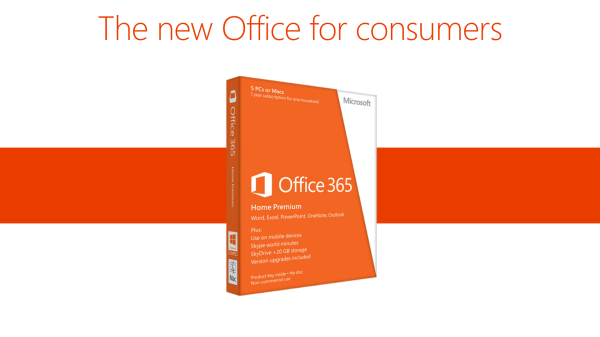
This year, we’ve got Office 2013. We’ve obviously had some experience with it in Windows RT form, and I spent a fair amount of time using the Office 15 Consumer Preview last year (in fact, I wrote my Masters thesis in Word 2013 CP). In the grand scheme of things, it’s a pretty major change, with the biggest probably being the move towards a subscription-based model, though you can still buy Office in a traditional retail boxed edition with a standalone license. The interesting part is Office 365, which involves paying on a yearly basis for multi-device licensing and cloud storage. It’s worth clarifying the naming scheme here: Office 2013 refers to the latest version of the Office suite, while Office 365 refers to a subscription service that provides Office 2013 applications. 
It’s a pretty sleek system, with all of Microsoft’s cloud services leveraged to provide a seamless experience. Obviously, this isn’t the first time we’re seeing cloud-based document storage and backup, but the SkyDrive integration in Office 365 is much deeper than we’ve seen in the past. How does it work in day-to-day use? Read on for our impressions.

More...
-
02-01-13, 12:30 PM #2622
Anandtech: Fractal Design Launches Core 3000 USB 3.0
Last year, we looked at Fractal Design’s Core 1000, their entry level chassis that can be had for under $40. It performed “okay”, which is about all you can expect from a budget case. The newly redesigned Core 3000 looks to change more than a few elements of the Core 1000, and in fact other than the “Core” branding it bears little in common with the Core 1000. It’s bigger and heavier for one, measuring 200mm x 444mm x 480mm (7.87” x 17.48” x 18.90”), so this is no longer intended as a small PC box. It also comes with three fans standard: a 140mm fan in front, 120mm fan in back, and 120mm fan up top. Here’s the full list of specifications.
Other items not specifically listed in the above table include an upper HDD cage that can be rotated or removed, allowing the installation of even the largest GPUs (Fractal Design lists GPU clearance as 270mm with the cage or 420mm without—I’m not sure any GPU will ever need 420mm of clearance again, or at least I hope not). Dust covers are also included for the PSU and front fan positions, and the HDD/SSD trays are equipped with silicon vibration dampening grommets.Fractal Design Core 3000 USB 3.0 Specifications Motherboard Form Factor Micro ATX, ATX, DTX Drive Bays External 2 x 5.25” (one adapter for external 3.5”) Internal 6 x 3.5"/2.5" Cooling Front 1 x 140mm (provided)
1 x 120mmRear 1 x 120mm fan mount (provided) Top 2 x 120mm (one provided) Side 1 x 120/140mm Bottom 1 x 120mm Expansion Slots 7 (ventilated covers) I/O Port 2 x USB 3.0 (with internal connector)
2 x USB 2.0
1 x Headphone
1 x MicrophonePower Supply Size 160mm with bottom fan
250mm without bottom fanWeight 17.4 lbs.
7.9kgDimensions 7.87” x 17.48” x 18.90”
200mm x 444mm x 480mmSpecial Features Silicone grommets for drive cage
Adaptor plate and cage for mounting a 3.5" drive in a 5.25" bayPrice $75 MSRP
The Core 3000 USB 3.0 is currently available in some markets, but the US does not appear to be among them. We expect that to change within the coming weeks, and given the popularity of Fractal Design that will likely be sooner rather than later. Of course, the other big change is the doubling of the MSRP, which was inevitable given the improved features, but it looks like the Core 3000 should be competitive with other similarly priced offerings.
Gallery: Fractal Design Launches Core 3000 USB 3.0


More...
-
02-01-13, 01:30 PM #2623
Anandtech: The Making of NVIDIA's Project SHIELD
NVIDIA put up a blog post recently that goes into some of the details of how Project SHIELD came together. There's plenty of marketing hyperbole in the blog post, but if you've ever wondered what it would be like to be one of the top engineers at a company like NVIDIA, this will give you some ideas. 14-hour work days for weeks or even months? Yup, it sounds like that's exactly what some of the people were doing, but that's what passion looks like I suppose.
The jury is still out on whether or not Project SHIELD will be a success, but you have to give credit to NVIDIA for at least trying something different. Plus, the blog post is an entertaining read,  and if you need one more reason to like the idea: Project SHIELD can play Crysis (by proxy).

More...
-
02-01-13, 01:30 PM #2624
Anandtech: Intel Releases 180GB SSD 335
Intel released the SSD 335 in October last year but the initial launch included only the 240GB version. Today Intel is adding a 180GB model to the SSD 335 lineup. If you recall from our SSD 335 review, the SSD 335 is essentially just SSD 330 but with smaller lithography NAND (20nm vs 25nm). It's still based on SandForce's SF-2281 controller but with customized Intel firmware. The SSD 335 will also be sporting a new case design (see the picture above) later this quarter; drives available today will still have the old plain metal design.
Intel is reporting similar performance at both capacities, although I should note that Intel has always been fairly conservative when it comes to published performance specs (for example, most SandForce OEMs claim up to 90K random write). NewEgg is already listing the 180GB SSD 335 and it's currently priced at $180, which is actually $10 more than 180GB SSD 330 (although I would expect the price to drop once more resellers get the SSD 335 in stock). Intel SSD 335 Specifications (180GB & 240GB) Controller SandForce SF-2281 NAND Intel 20nm MLC Sequential Read 500MB/s Sequential Write 450MB/s 4KB Random Read 42K IOPS 4KB Random Write 52K IOPS

More...
-
02-02-13, 02:30 PM #2625
Anandtech: AMD Announces New Winter Video Game Bundle: Never Settle Reloaded
Although game bundles are nothing new for the video card industry, in the last couple of years they’ve come back into vogue in a way we haven’t seen in at least a decade. With digital distribution becoming the de facto distribution method for PC games it has transformed video game bundling by supplanting the need to include physical copies of games with video cards.  This has allowed GPU manufacturers and their partners to get a lot more creative in what games are bundled, particularly by allowing them to bundle newly released (or even yet to be released games) instead of months-old games that the logistics of physical distribution require.
At the same time of course we wouldn’t be talking about this had bundles not also proven to be successful for GPU manufacturers, with both NVIDIA and AMD having found a great deal of success in this new wave of video game bundling. By bundling games AMD and NVIDIA can not only latch on to the attention and the hype that goes with the launch of a new AAA game, but it helps their financial sides too. Through bundling they can add value to the product and prop up prices by including something that is valuable to the consumer (but relatively cheap for the manufacturer), rather than having to slash prices and repeat the bloody price wars that marked the start of this decade.
With that in mind, following the success of AMD’s most recent video game bundles – Gaming Evolved (summer) and Never Settle (holiday) – AMD will be orchestrating another bundle for the winter/spring timeframe, to coincide with the forthcoming launch of several Gaming Evolved sponsored titles. The new bundle, dubbed the Never Settle Reloaded bundle, will see AMD putting together a couple different bundles at different price points with a mix of old and new games.
This time around the 7700 series will be left out (no doubt due to the sub-$100 prices those cards now fetch), but the 7800 series and up will now come with at least two games. For most buyers the 7800 series will be bundled with Bioshock: Infinite (launch date March 26th) and Tomb Raider (March 5th), while for Asia-Pacific region buyers will get Devil May Cry (February 28th) in place of Tomb Raider. Meanwhile the 7900 series swaps out Tomb Raider for Crysis 3 (February 19th), an unlikely (and unexpected) addition to the Gaming Evolved stable. Finally, for buyers picking up a pair of 7900s (or a single 7990), AMD has a six-game bundle composed of the three new games (Crysis, Tomb Raider, and Bioshock), along with Far Cry 3, Sleeping Dogs, and Hitman: Absolution from their previous bundle.
As always, these bundles are being offered in conjunction with AMD’s major retail/e-tail partners, who will be distributing vouchers for any qualifying purchases. So anyone looking to partake in this bundle will want to make sure their retailer of choice is participating. The vouchers themselves are redeemable through AMD’s website, which will be distributing Origin keys for Crysis, and Steam keys for the other games.
On a final, more speculative note note, in the past we’ve seen NVIDIA run their own bundles opposite AMD bundles most of the time. Consequently we wouldn’t be surprised to see NVIDIA fire back sometime in the next couple of weeks. Their traditional partners Ubisoft, Gearbox, and Capcom all have AAA games due out in the next two months, giving NVIDIA several options if they do decide to run a bundle offer of their own.

More...
-
02-04-13, 02:01 AM #2626
Anandtech: The Full Intel SSD 525 Review: 30GB, 60GB, 120GB, 180GB & 240GB Tested
Last week we published a teaser look at Intel's latest mSATA SSD: the Intel SSD 525. At the time we only presented performance for a single 240GB drive, however Intel decided to break the mold and send us nearly every capacity in the 525 lineup. We've finally completed testing of the remaining capacities and can now bring you a full look at the Intel SSD 525 lineup.
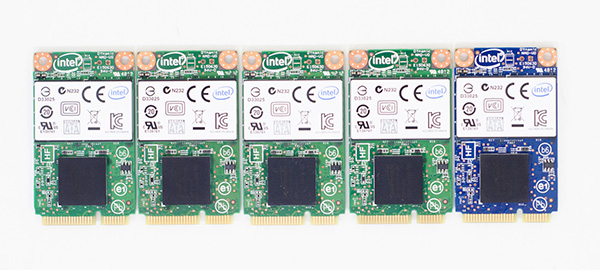
Read on for our full review!

More...
-
02-05-13, 04:30 AM #2627
Anandtech: 3DMark for Windows Launches; We Test It with Various Laptops
After a two-year hiatus, Futuremark is back with a new version of 3DMark, and in many ways this is their most ambitious version to date. Instead of the usual PC graphics benchmark, with this release, dubbed simply “3DMark”, Futuremark is creating a cross-platform benchmark—Windows, Windows RT, iOS, and Android will all be capable of running the same graphics benchmark, sort of. Today’s release is for Windows only, and this is the most feature-packed of the 3DMark versions with three separate graphics benchmarks.
With the 1.00 release now available and a press copy of 3DMark Professional, we decided to take a different approach from most other review sites: we’re going to focus on performance testing with laptops. We don’t normally run 3DMark for our CPU and GPU reviews, but for laptops it can be a useful addition. The reason is simple: we don’t usually have long-term access to these systems, so in six months or a year when we update benchmarks we don’t have the option to go back and retest a bunch of hardware to provide current results. With that in mind, we grabbed some of the recently reviewed and not-yet-reviewed laptops to run some preliminary benchmarks with the latest 3DMark. Here are our thoughts on Futuremark’s latest, which adds some useful new features to the mix.

More...
-
02-05-13, 01:00 PM #2628
Anandtech: Apple Is Now Using SanDisk SSDs in the Retina MacBook Pro As Well
There has always been some level of lottery involved when buying an SSD-equipped Mac. The first Mac to start the lottery was the 2010 MacBook Air, which initially used Toshiba's SSDs but later it was found that some units were shipping Samsung SSD 470 based drives. Up until last year Apple kept using the same Toshiba and Samsung SSDs; the 2012 refresh finally brought SATA 6Gbps SSDs to Macs and, of course, another round of lottery too. The 2012 MacBook Air kept using drives from both Toshiba and Samsung, albeit both were newer generation (Toshiba's is SF-2281 based, Samsung is PM830). The rMBP, however, used only SSDs from Samsung, and the 256GB and 512GB SSDs in the MacBook Air were all Samsung made as well. 
Late last year it was discovered that some rMBPs might be using SSDs from SanDisk. At that time we only had system profiler screenshots and user reports to go with, which I didn't think was enough to go by (after all, the controller is the most interesting part of the story anyway). Today, I have some pictures to show:
Courtesy of MacRumors forum user ArtagraIn short, that's a custom version of SanDisk's X100 mSATA SSD. The controller is Marvell's 88SS9174, which is also used in Crucial m4, Intel SSD 510, and Plextor M5S, each with custom firmware. That's coupled by eight (four on each side of the PCB) 24nm Toggle-Mode MLC NAND packages from SanDisk (SanDisk has a NAND joint-operation with Toshiba). Anand actually has an X100 in the house and just finished running tests on it a few days ago, so here's a brief comparison of the SSDs used in Macs at the moment (Corsair Force GS is the closest match to the Toshiba SSD):
Note that these are all retail drives; the drives Apple is using are custom and hence the performance may be slightly different (customized firmware). The X100 in the graphs is actually a newer 88SS9175 based X100 (it might be X110 as SanDisk wasn't very specific) so performance of the 9174 based might be slightly different (we shouldn't be anywhere close to U100 speeds, fortunately). The 9175 is essentially just a low-power version of the 9174 with only four channels, so I wouldn't be surprised if the 9174 based X100 was even faster. However, all the drives Apple uses are good performers. The SSD 830 is the fastest of them all but the X100 and Toshiba are trading blows as you can see above. 
I'm not surprised by Apple's move. Apple is constantly buying more and more SSDs (and flash in general) and relying on just one supplier is risky. If one manufacturer has a hiccup in production, Apple still has the channel to quickly buy SSDs from another manufacturer. There's also a possibility that the availability of Samsung PM830 is decreasing because it's now a discontinued product. Samsung told me they still have plenty of stock for OEM and B2B customers but the volume Apple needs is fairly significant and Samsung may not be able to supply that anymore. Samsung does have a newer SSD 840 (Pro) available but it's possible that Samsung's pricing made Apple choose SanDisk.
Either way, SanDisk is now the third OEM to supply SSDs to Apple. I've only seen the X100 appear in the rMBPs so far but it's certainly possible that we will see SanDisk SSDs in other Macs (such as the Air) too. While I'm sure most of the buyers would prefer the Samsung SSD (including myself), the good news is that none of the drives Apple is using are exceptionally bad. Unless yoor workload is very IO intensive, there shouldn't be a significant difference in real world performance (except when dealing with incompressible data and the Toshiba drive).
Thanks Paul for giving us the permission to use your picture!

More...
-
02-05-13, 09:30 PM #2629
Anandtech: Arctic Introduces OpenELEC-based MC001-XBMC HTPC
Arctic announced the availability of their MC001-XBMC passive HTPC today. Based on the Intel Atom D525 and the AMD Mobility Radeon HD 5430, the unit comes with OpenELEC pre-installed. The hardware platform supports HD audio bitstreaming and TV tuner / PVR capabilities.
The specifications of the unit are provided below:
One of the interesting aspects of the unit is the availability of a 1 TB HDD in the system for media storage and a DVB-T / ATSC TV tuner for PVR purposes. It is a bit unfortunate that OpenELEC doesn't officially seem to have ATSC tuner support for PVR purposes or HD audio bitstreaming enabled yet in the shipping version. Hopefully, a future OpenELEC update should resolve it (though one can use experimental builds / PVR version to get those features). That said, Arctic does have some interesting apps and features such as the Arctic Audio Relay which allows the unit to be used as a centralized jukebox when coupled with some accessories. The rest of the features such as a memory card reader, in-built Wi-Fi etc. are par for the course.
The MC001-XBMC is shipping now for 199 Euros / USD 229. Hit the source link for more information.

More...
-
02-05-13, 10:00 PM #2630
Anandtech: Microsoft Surface Pro Review
There's clearly interest in a device that converges the tablet and notebook. ASUS saw some of the earliest success in this department with its Transformer line of Android tablets. Once the first Windows RT/8 designs started appearing, it became clear that everyone was aiming to deliver something that delivered the best of both worlds. Even listening to Intel's description of Haswell you can get a good idea for where part of the industry is headed: everyone is working towards delivering a platform/device that has the battery life and portability of a tablet, but with the performance and flexibility of a notebook PC. Apple has remained curiously quiet on this front, but I suspect that too will change in good time.
Last year Microsoft unexpectedly threw its hat into the ring with quite possibly the best branding decision since the Xbox. Under the Surface brand, Microsoft would produce two tablets of its own. These Surface devices would be built from the ground up to address this converged tablet/notebook space. The lesser of the two, Surface for Windows RT, would use ARM hardware and serve as a launch vehicle for Windows RT. The big brother in the family, Surface for Windows 8 Pro, would use traditional x86 hardware and come around 3 months later.

Surface RT launched less than four months ago to mixed reviews. I saw potential in the device, but it needed faster hardware and honestly Windows RT needed some sanding around the edges. Today we have the official introduction of Surface Pro. With a higher price, thicker/heavier chassis and lower battery life, could Surface Pro possibly fare any better than Surface RT did last year?
In my opinion? Surprisingly, yes. Let's get to it.

More...
Thread Information
Users Browsing this Thread
There are currently 22 users browsing this thread. (0 members and 22 guests)







 Quote
Quote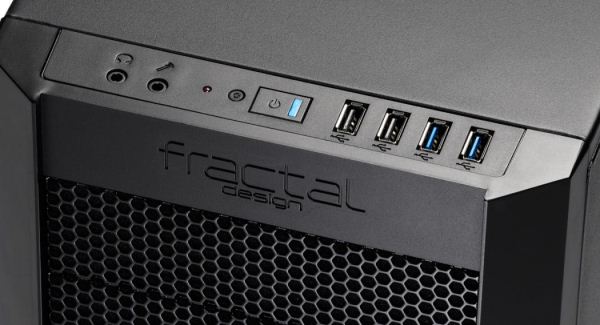
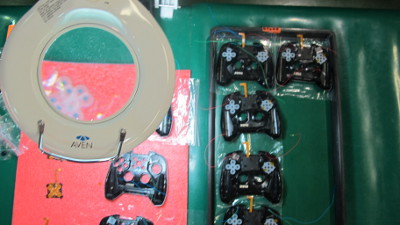
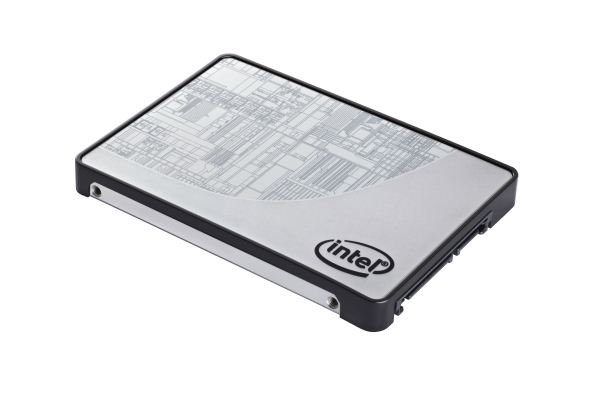
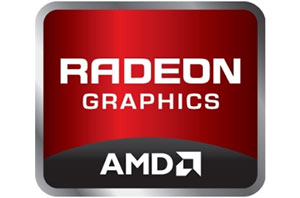
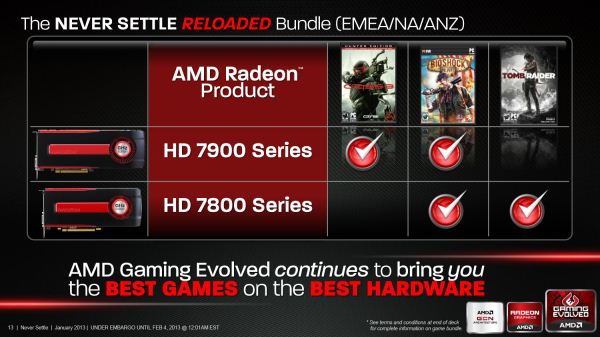
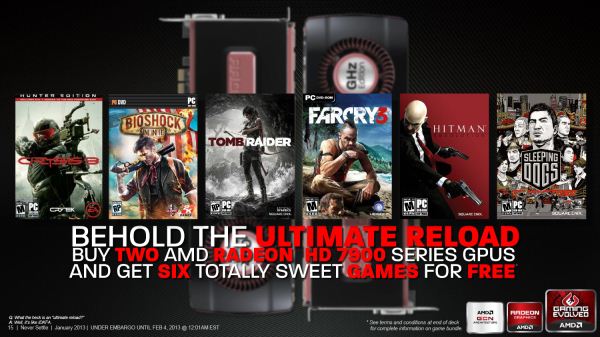
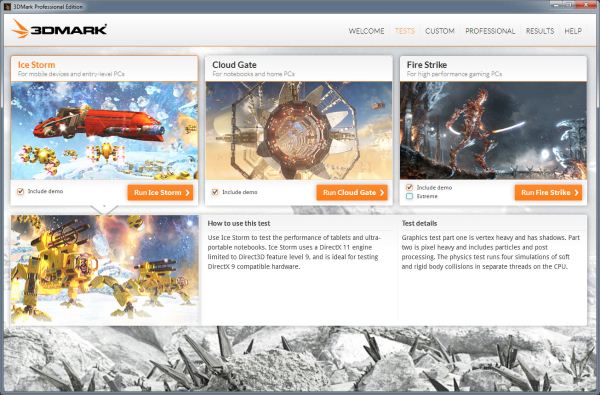
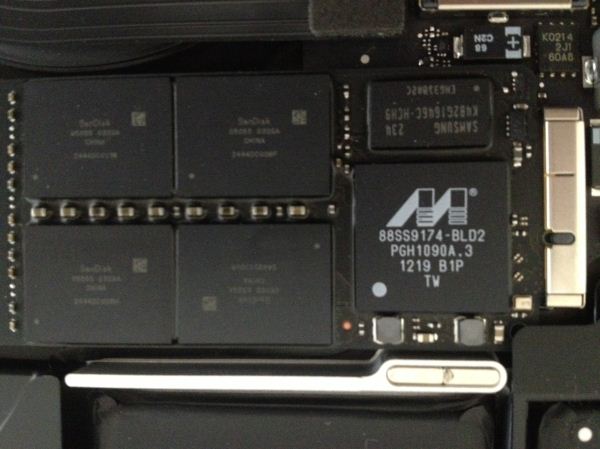
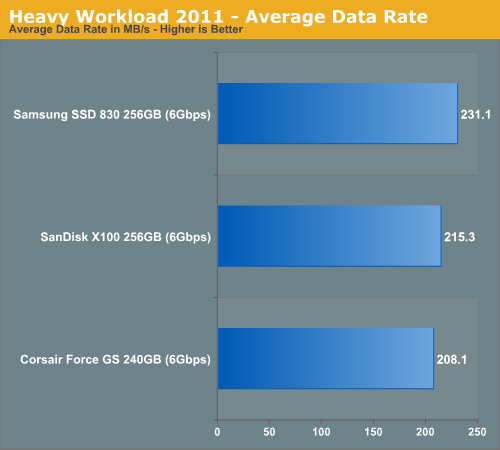
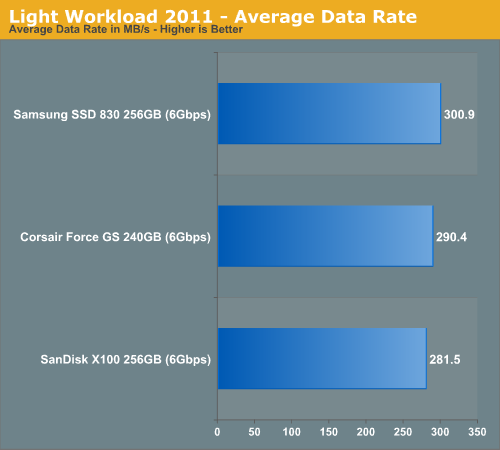

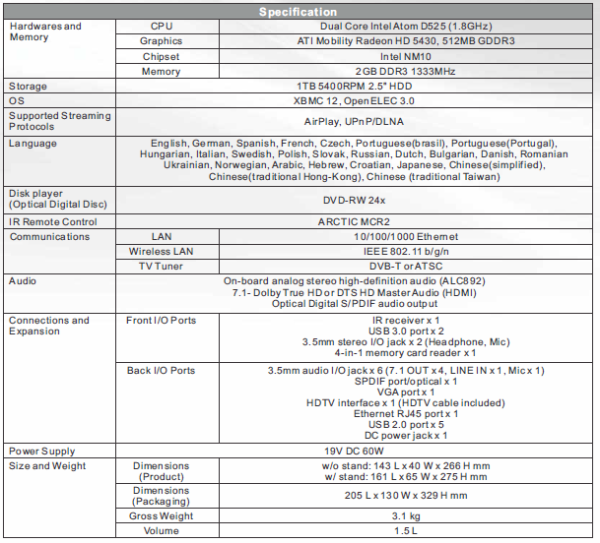
















Bookmarks